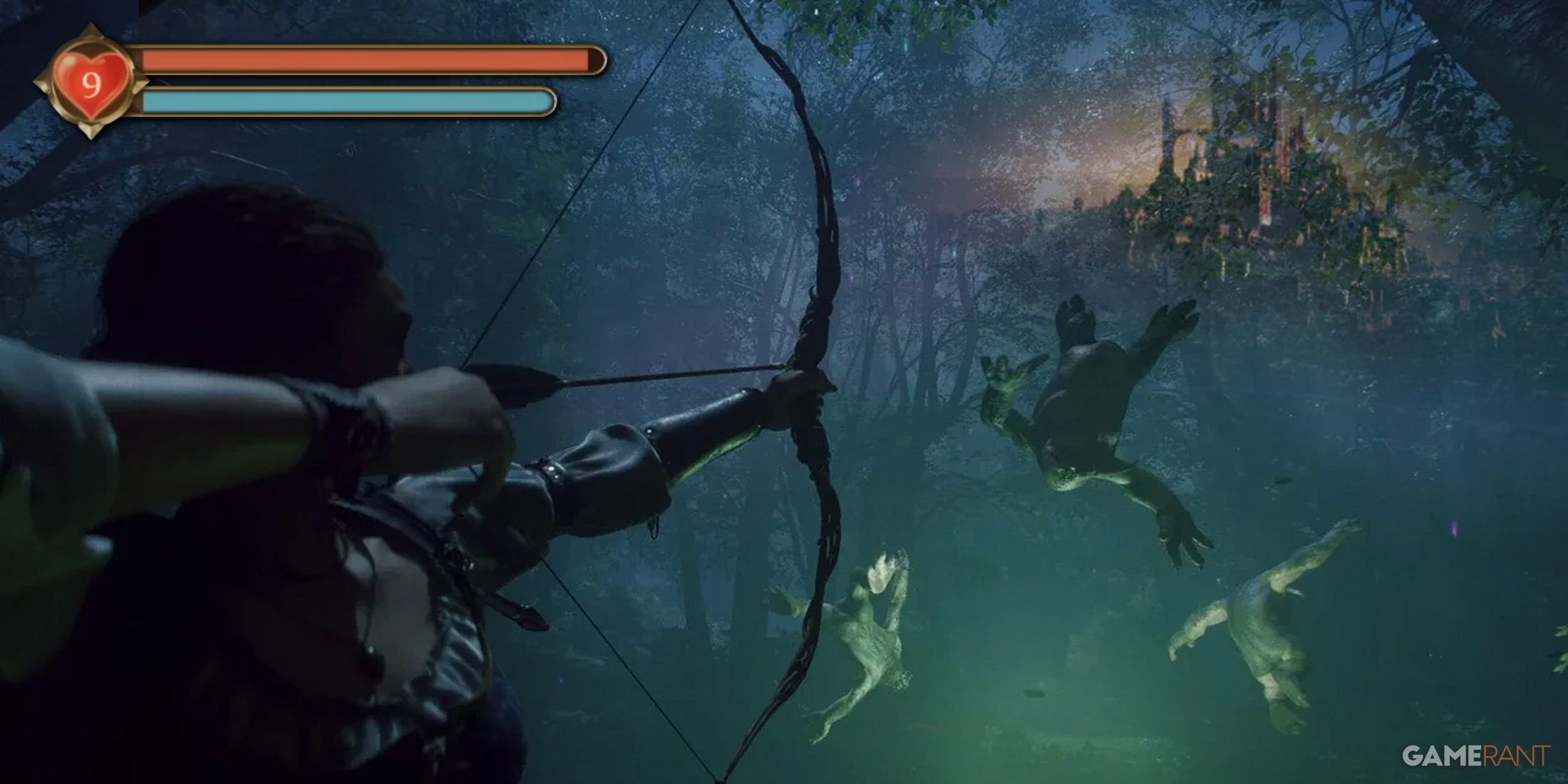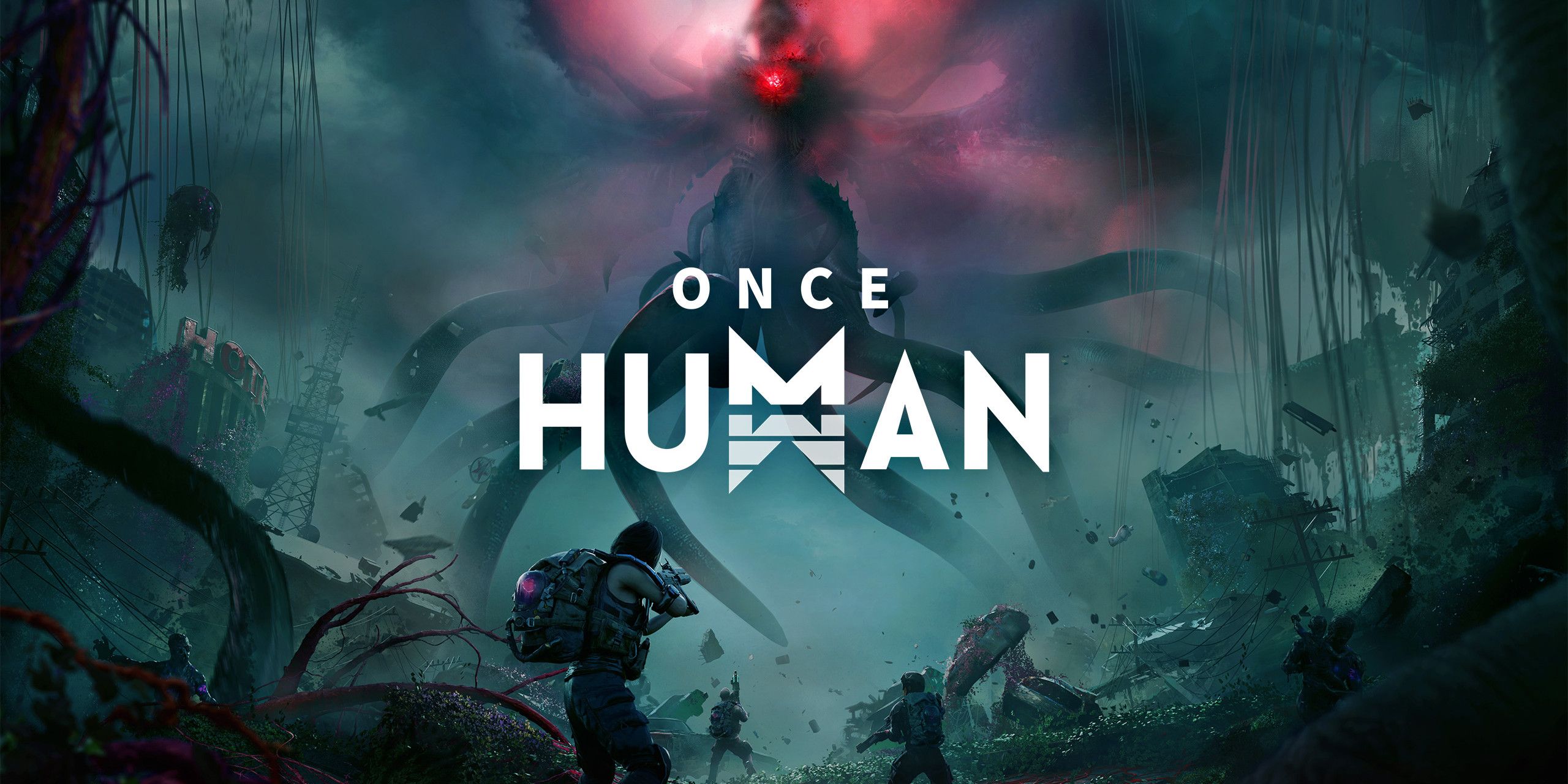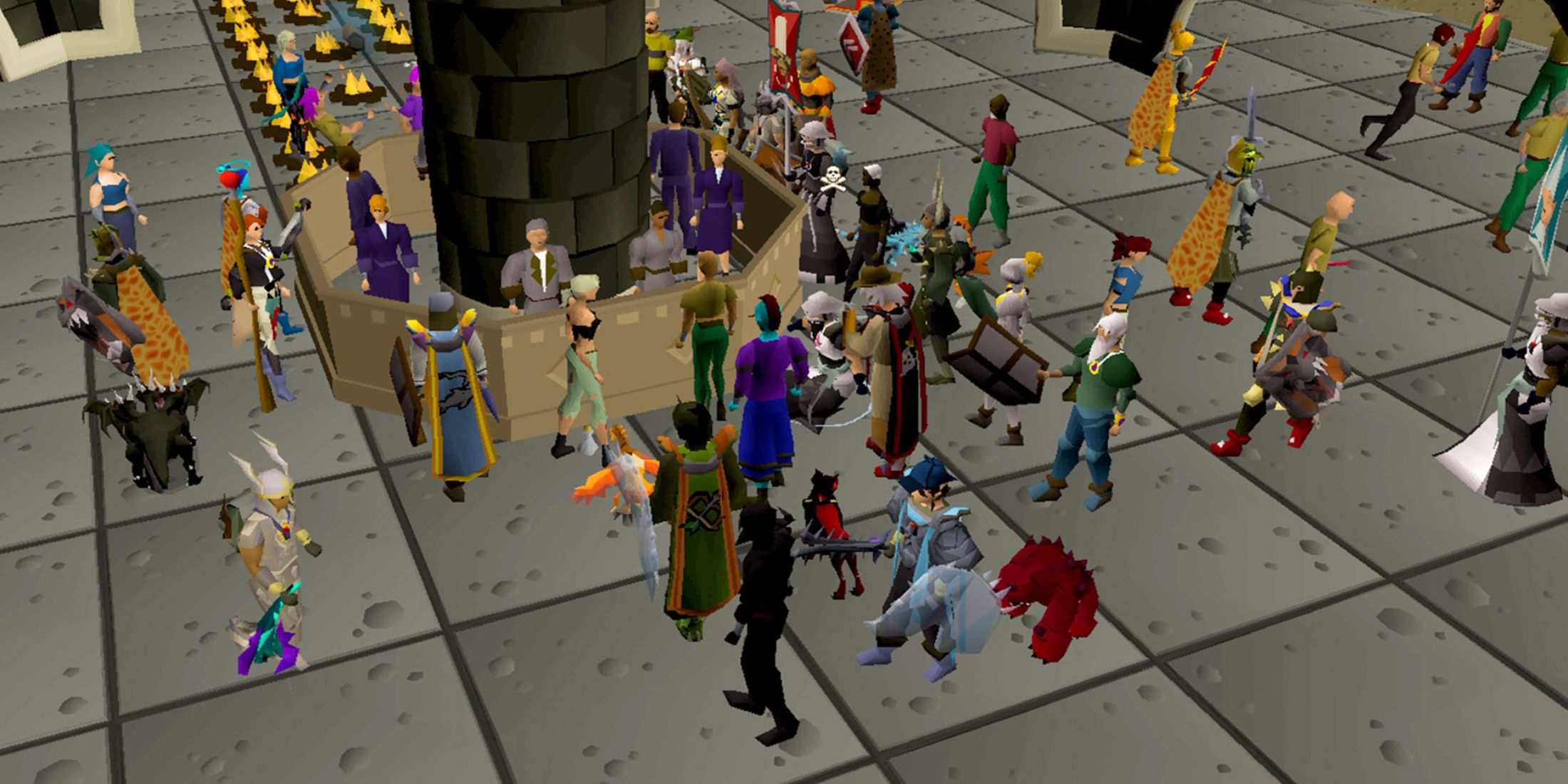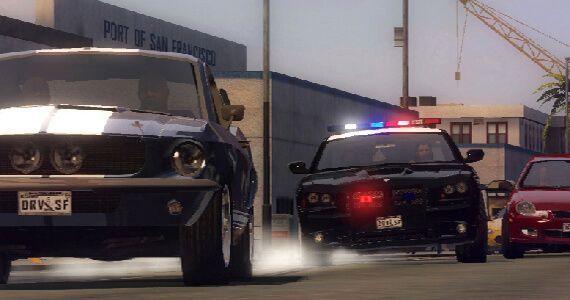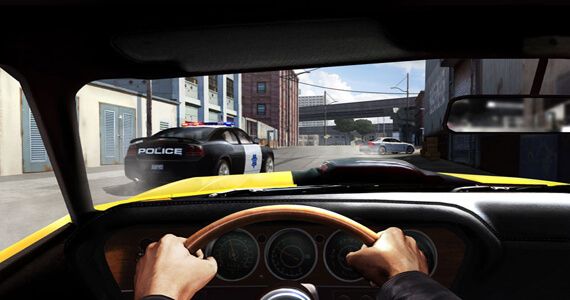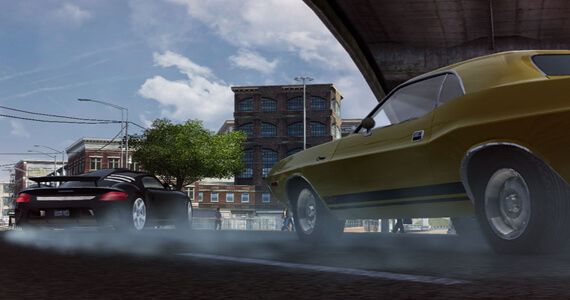Game ZXC's William Case reviews Driver: San Francisco
By definition, it’s hard to redefine a racing title simply because, at the core of every racing game, what defines the genre mostly stays the same: racing.
It’s an interesting challenge for any title, knowing that the fundamentals are constant while the fiberglass body has to be updated and changed to suit the interests of potential gamers. It’s why the ridiculous, outlandish, and brilliant out-of-body experience that is Driver: San Francisco had so much to prove. With nearly all of its emphasis on its “Shift” system, the game would have to move fast, and talk big. Lo and behold, Driver did more than that: it created a world of new possibilities.
The early minutes in Driver: SF really are a little awkward at first (and cover some unfamiliar ground in the racing genre). Yet after 30 minutes with the controls, they become effortless and second nature. Returning to the driver’s seat, undercover detective John Tanner falls into a coma after failing to capture escaped convict Jericho in the opening scenes of the game. While in his coma-induced dream world, Tanner plays out what should have happened, and gives himself the edge in pursuing Jericho.
That edge is “Shifting,” an ability where Tanner is literally able to take another person’s body — and car — for a joyride. Yet it’s not only the Shift that shows up, as Tanner begins to get messages around the city from billboards, boosts in abilities, and other ethereal help as he attempts to stop Jericho. Keeping in mind that this is all in Tanner’s head, it leads to some pretty crazy stunts and abilities, especially in later levels (which can’t be talked about for fear of spoilers).
Yet Shifting is more than just jumping from one car to another: it’s a whole new strategy in driving. Instead of chasing down a runaway car, Tanner can hop out of his vehicle to the oncoming Mack Truck a mile away and slam head long into the opposing car. In a getaway chase, Tanner can simply hop into a car a few hundred yards away for an added boost. As the game progresses, the Shift ability gets enhanced, allowing the player to travel San Francisco in seconds, and giving Tanner other options like free Nitro in any car, making the possibilities seem almost endless.
Additionally, there is a balance with the Shifting - which includes a list of unique and diverse challenges that have never been seen in other racing games to date. One mission could be setting up ostentatious crashes for a news team, the next tearing through the streets in an effort to ditch the cops before returning to a secret hide-out, or even helping two Korean kids street race their way to college.
Adding Split-screen and Multiplayer to the mix only intensifies some of the thrills and spills. Focusing on variants like Co-op Survival - where two partners have to escape the cops while making it to the finish line together, or Tag - where you have to knock a player out of the race while they are shifting into other cars (yet keeping the same damage counter) all adds to the fun. Even variants without Shift, such as Tail, keep things interesting (tail the person and stay in their respected zone to get points).
But with nearly 150 cars to unlock and collect, each one handling a little different than the last, upgrades to abilities, and special challenge races scattered around the city, there’s always something to do. Unfortunately as soon as the story is over (which is a little over 10 hours) a lot of the heart and soul of the game drives away with it: no more silly comments from the citizens, no more jokes from Tanner during races, and no more awkward embellishments during crazy stunts. Yet that’s the least of the concerns.
For as uplifting as Driver:SF can be, the game finds a way to remind players that it is in control. There are plenty of infuriating moments where cars will just appear out of nowhere, blocking your way to a checkpoint and causing a crash at a pivotal moment. Not to mention, the AI is utterly ruthless and will forcibly smash Tanner into a wall during a race at no penalty to their position. Fall a little back during a street race, and the police will harass you to the point that it’s impossible to get third place, let alone the front of the pack.
Many of the races require a more “sheep luck” attitude, rather than driving skill, which given the abilities provided with Shift… isn’t fair (or particularly fun). With something to crash into every second, it’s nearly impossible to have a flawless race or drive, yet the AI seems to have no trouble - but rest assured you will. These little picks and pokes will persist throughout the entire game, almost to the point where you want to give up and leave it alone. Then again, dropping out of a troublesome race, driving around the streets for a few minutes and coming back can easily calm nerves - and help you overcome the game's frustrating assaults.
Driver: San Francisco has a lot to offer in the way of innovation, inspiration, and simple fun. It thrives on the crazy and gives players the chance to try something that they probably never thought was possible in a racing game before. With the countless challenges, leaderboards, and cars to collect, the game has plenty to offer. Unfortunately the issues with AI stop it from being a perfect game, yet if you ask any car aficionado, every car has a few hiccups.
Driver: San Francisco is currently available for the Xbox 360, PS3, and PC
-
Follow Will on his Facebook and Twitter@ Ayreesfoxx.
Driver: San Francisco

